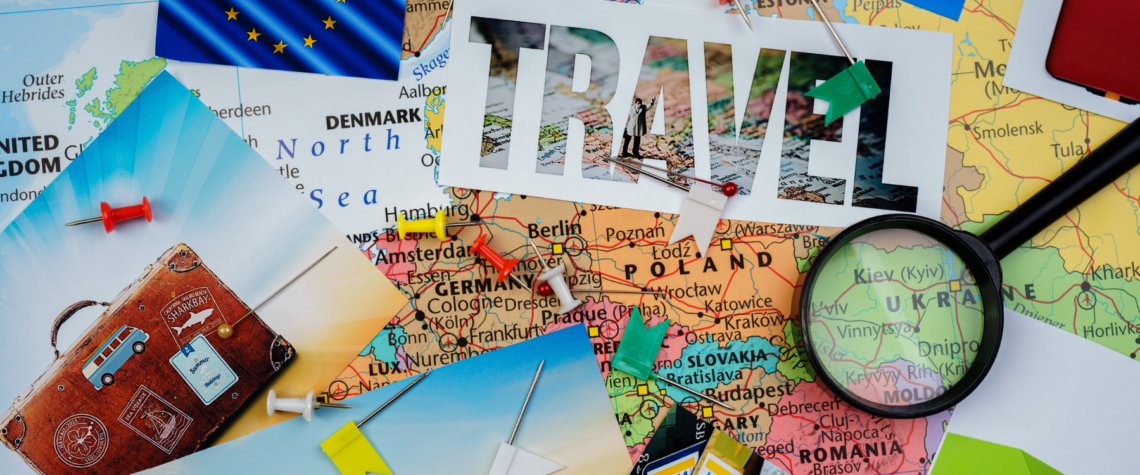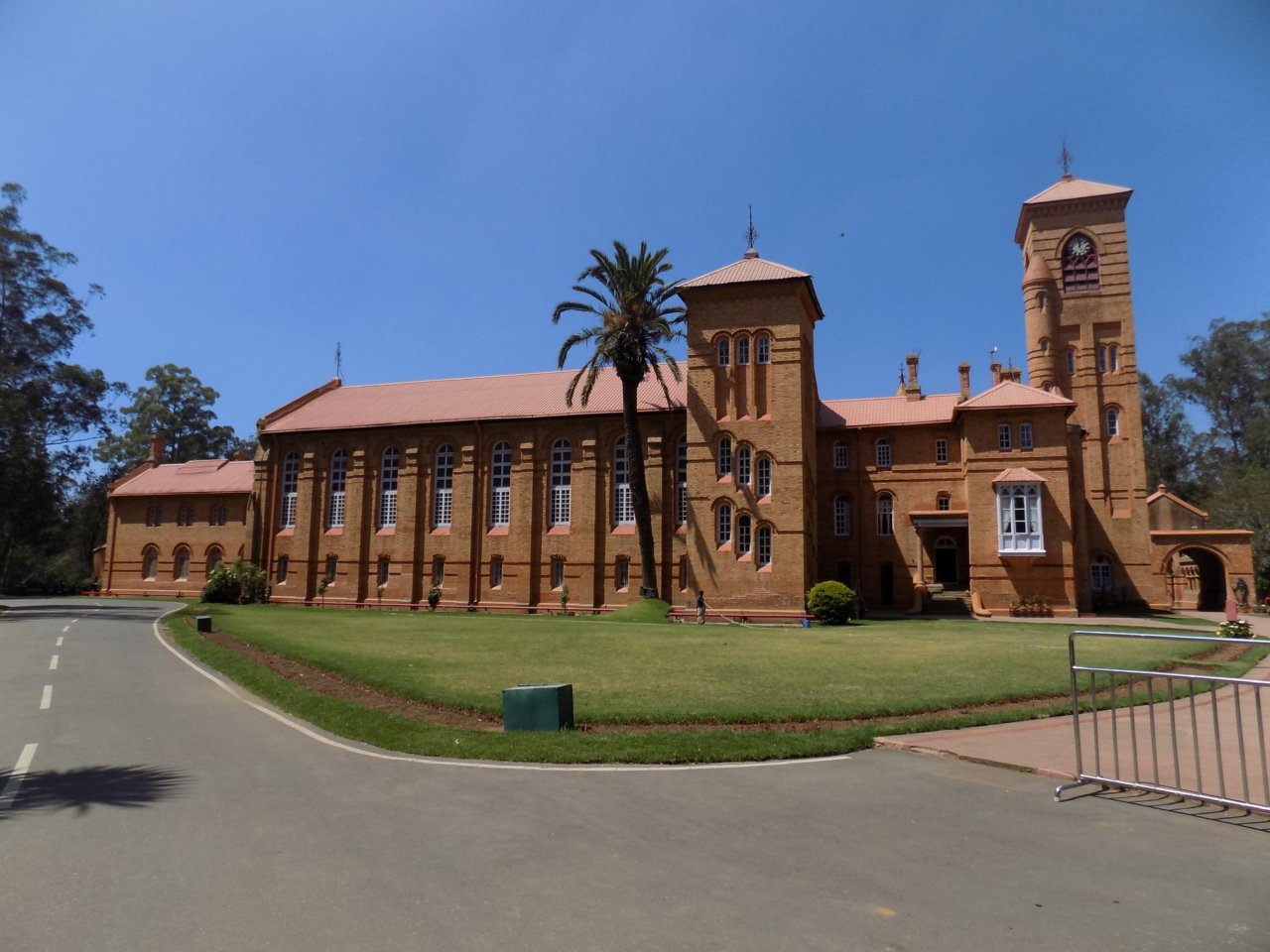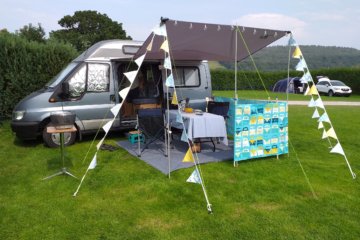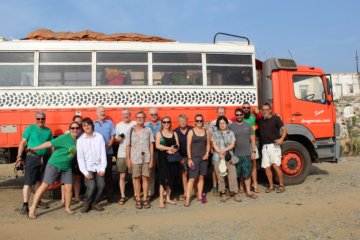Call me weird, but I absolutely love the planning stage of any trip! Planning a trip is like embarking on a thrilling journey before the actual adventure begins. The further I go with trip planning, the more the sense of anticipation builds. By the time departure day arrives, I am beside myself with excitement! I am also totally confident that I have left no stone unturned in the planning process. Yes, of course, things can go wrong. Plans may have to change, but that’s OK. I know what the pitfalls are. I have even factored in some alternatives should the need arise. It’s not just about booking flights and packing bags; it’s about crafting an experience that will leave an indelible mark on your soul. Whether it’s a weekend getaway or an extended vacation abroad, a well-thought-out travel plan is crucial to ensure a smooth and enjoyable experience.
Read on for my comprehensive guide to trip planning.
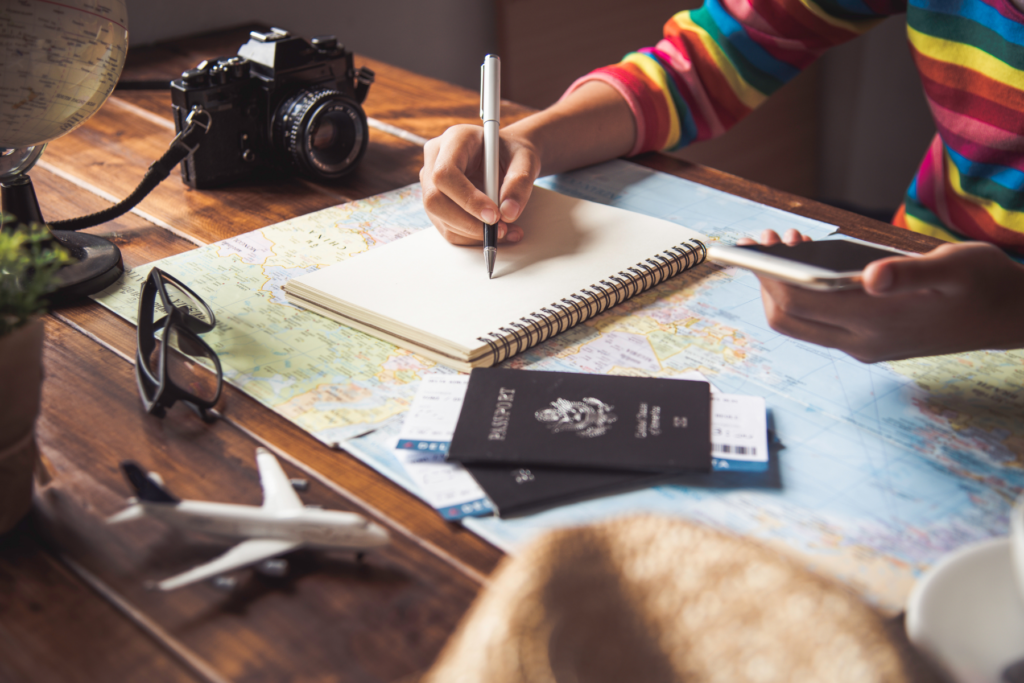
In this article
First Thoughts on Trip Planning
1. Not Everyone is a Planner
And that’s OK! Mark is definitely not a planner. That’s probably because he knows that I am 😊. However, he never wants to know what I have planned. He would rather me tell him what’s happening a day or two before (or even on the morning!). He enjoys the sense of surprise. He loves that I have done all the research about where we are going and that I can share this information at just the right time. This wouldn’t do for me at all! I’m sure this is one of the reasons why we travel so well together!
If you are more like Mark, but don’t have someone like me to do the planning for you, don’t worry! I suggest that you still need a basic travel plan, even if only to ensure you don’t get stuck somewhere without the wherewithal to get out of the situation. But, and here’s the good bit – there are plenty of resources available to help you.
Whether you are a Mark or an Andrea when it comes to trip planning, this guide will help you😊.

2. It’s Important Not to Overplan a Trip
As much as I love planning our trips, I recognise the importance of being flexible. Things go wrong sometimes.
- Flights get cancelled.
- The political situation in a country can change in an instant.
- The weather can scupper the best-laid plans.
- Something unexpected might crop up.
- You could meet someone who suggests an activity you hadn’t even thought of.
- You might get invited somewhere. This has happened to us on many occasions, not least when we were asked to attend a wedding during our trip around Ethiopia.
You can’t miss these once-in-a-lifetime experiences just because you decided months ago that you would visit a historic monument that day! If you overplan, you might even find that you are just too tired and, rather than go on that guided walk you have already paid for, you would rather spend a day on the beach with a good book and a cocktail or two.
So, when you’re planning any trip, remember to build in some free time. Give yourself options when it comes to activities or eating out, rather than committing to something specific. Be flexible. Be ready to be surprised. Some of your best travel memories will come from unplanned experiences.
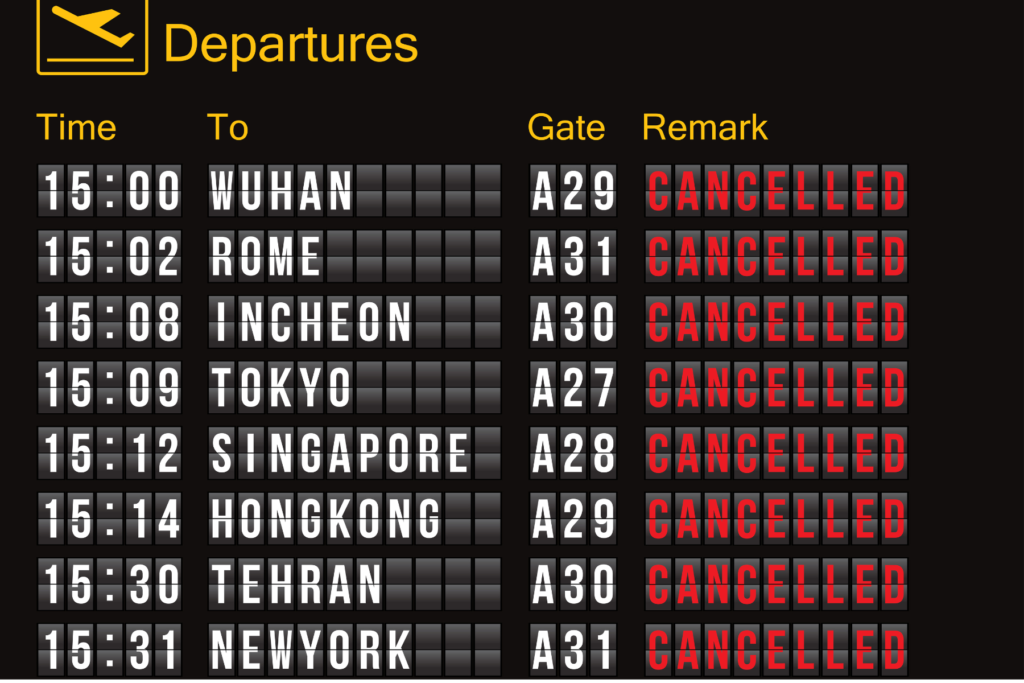
3. Don’t Get Overwhelmed
Trip planning can be extremely daunting, especially if you’ve never done it before. There is so much information out there. It’s hard to know where to start. Once you do begin, it’s very easy to get overwhelmed, sidetracked, or both. That’s why it’s important to stay focused. Follow my step-by-step guide to planning your next trip. I’ve developed it over many years of travelling to every corner of the world. It works for any length or type of trip.
4. Decide How to Record Your Plan
At the end of the trip planning process, you will end up with a huge document containing all of the information you need for your trip – everything from where you’re staying and how you’re getting there, to what foods to try and which attractions to visit. You will take that document with you and refer to it constantly during your trip. Thus, it is important to decide before you begin what form this document will take. Do you want something digital on your phone? In this case, you might want to download one of the free trip-planning apps that are readily available. Or are you more old school like me and prefer a written plan full of notes and annotations that you can flick backwards and forwards through? If so, choosing a suitable notebook is your first enjoyable decision in the trip planning process.

Trip Planning Step-by-Step
We are now ready to get going. Let’s take it one step at a time.
Step 1: Make Sure Your Passport is Valid
It might seem a bit strange to make this the first step in planning your trip, but, if you are travelling outside of your home country, believe me, it’s vital! Why?
- It might not have long enough left to run. Many countries insist that you have six months’ validity left on your passport beyond the duration of your trip. I know of travellers recently who have fallen foul of this rule because their passport was issued around 10 years ago. Even though the expiry date was more than 6 months hence, the passport control officer took note of the issue date rather than the expiry date. For example, in the UK, you can apply for a new passport at any time and extra months may be added on to the validity of the new passport. My current passport was issued in June 2015 but doesn’t expire until January 2026. I will, therefore, be renewing before we set off in October 2024 😊.
- You might not have enough blank pages remaining. Check what the requirements are for each country you are visiting. Our recent trip to 13 African nations in seven months really used up a lot of pages!
- You might have stamps in your passport from countries not favoured by your next destination. For example, visitors to the USA will not be able to get an eVisa if they have been to Cuba in recent years. Travellers with an Israeli stamp in their passport might be prevented from entering some Middle Eastern countries. Even novelty stamps from tourist sites could render your passport invalid. In 2020, a lady was refused boarding on a flight from Madrid to Thailand due to a Machu Picchu stamp which Qatar Airways deemed to have invalidated her passport.
- Your passport might be damaged or dog-eared. Some passport authorities will deny travellers access to their country if their travel documents are not in the best condition.
- The lead time for getting a new passport might be longer than you think. In the UK at the moment, it is taking around 10 weeks to renew your passport.
- You might need to send your passport away with a visa application. In these days of eVisas, this is less of an issue than it used to be, but there are still countries which require you to present yourself and your passport at a consulate or embassy in order to have a visa added to your travel document.
So the message is – sort your travel document out first before you move on to the next stage of planning your trip!
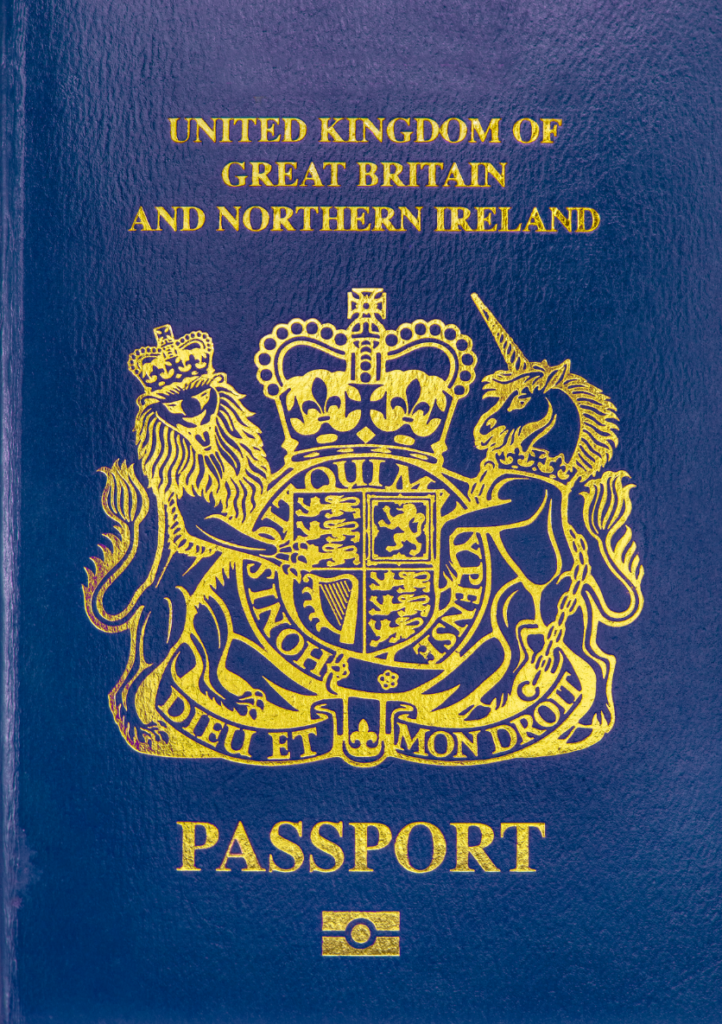
Step 2: Decide Your Destination
You might already know exactly where you want to go on your next trip. Perhaps you have been dreaming about it for ages and now you just need to plan it. Or maybe you’re not sure where to go. You could be like me and have a bucket list so long that prioritising is the name of the game. In this case, your decision will be affected by factors such as:
- Cost
- Amount of time available to you
- Season
- How difficult your proposed destination is in terms of getting around – this is something we increasingly think about as we get older. We are planning to do the more challenging trips (South America, northern India, the Stans, etc.) before the ‘easier’ ones (Australasia, Europe, North America, etc.)
If you really have no idea where you’d like to go, start by asking yourself some questions:
- What kind of experience am I looking for?
- Am I looking for relaxation or excitement? Or do I want a mixture of both?
- Do I want a city break or a beach vacation?
- Do I want to try something more adventurous like overlanding or a hiking trip, for example?
- Would I prefer to travel alone, just with my partner, or as part of a group?
- What would be the ideal weather for my trip?
- How much can I afford to pay for this trip?
- How long do I want my trip to be?
- What is important to be included in my trip? Culture? Music? History? Nature? Walking? Beach? Sports? High adrenaline activities? Good food? Nightlife?
- How do I want to travel? Flights? By sea? Overland? Pedal power? Onfoot? Self-drive? Train?
Once you have decided what type of trip you’re looking for, do some browsing online. Searching with an open mind throws up options you might never have thought of. It’s really exciting! Find destinations that match your criteria and decide on the one that appeals to you most.
With your destination chosen, you have a goal to work towards and you are ready to move on to step three.
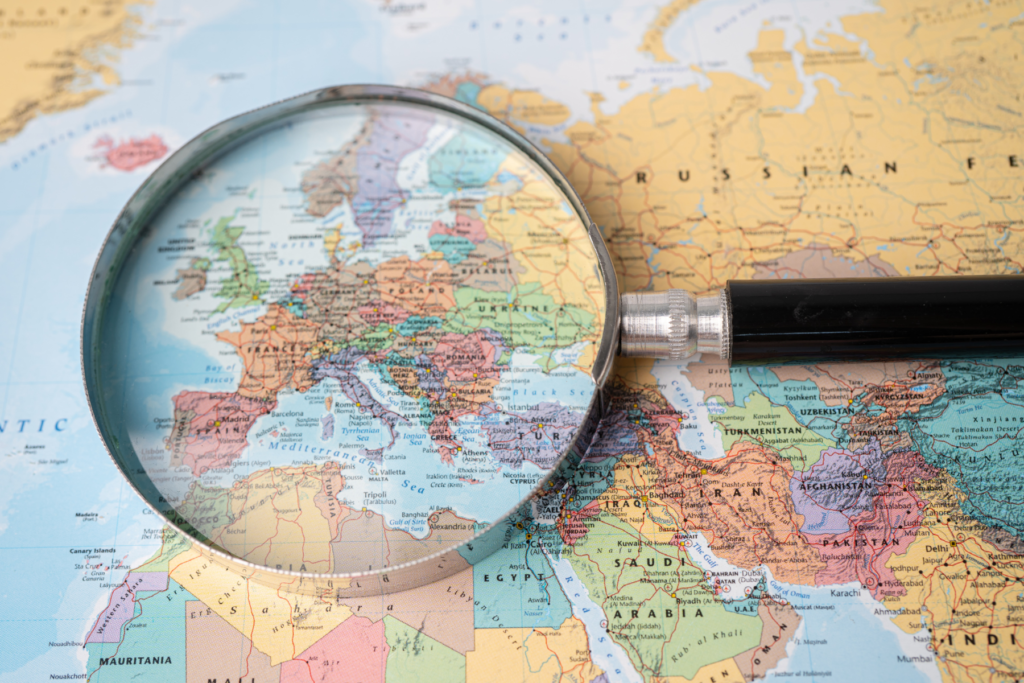
Step 3: Research Your Destination
Start by using a search engine such as Google to find out more about your chosen destination. Discover the basic factual information you need to know, but make sure you click through to independent websites such as mine to find more anecdotal information, including tips about must-see sights, foods you have to try, and off-the-beaten-track places. Read articles and blogs with first-hand accounts of travels in the places you’re going to visit.
Things to find out:
- Where is it? Look on Google Maps to find out where you’re going. You’d be surprised how many people get off a plane and have no real idea of where in the world they are! Are there neighbouring countries you could perhaps add to your trip? Or other cities in your chosen country?
- What language is spoken?
- What currency is used?
- What are the passport/visa requirements?
- What is the climate like? What is the best time of year to visit?
- What is the main religion practised?
- Are there any festivals or holidays you would like to be there for?
- What is the cost of living like?
- Are there any specific dangers you should be aware of?
- What is the current political situation?
- What vaccinations do you need?
- Do you need antimalarials?
- What are the not-to-be-missed attractions?
- What foods and drinks should you try?
In the UK, the first website I go to in search of the practicalities of visiting a particular destination and the most up-to-date advice is the UK government website – https://www.gov.uk/foreign-travel-advice. Look for the equivalent site in your home country.

Armed with all this information, you are ready for the next step in planning your trip.
Step 4: Set Your Budget
Decide how much you are willing to spend.
In researching your destination, you will have found out about the cost of living in your chosen destination. Searching Google for average cost of a stay in ______________ will throw up heaps of results which will give you a good idea of how much you will need to spend in a destination, whether you are a budget or a luxury traveller.
Wherever you are going, you will have four key trip expenses:
- Transport
- Accommodation
- Sightseeing
- Meals
Aim for flexibility. Allocate a generous flight fund, but don’t spend all your money on airfare if you won’t have enough left for ‘unmissable’ experiences once you get to your destination. If you’re exploring more of a country, look at bus and train alternatives to internal flights. Not only will these options often be cheaper, but you will also get a more authentic experience. Don’t overspend on accommodation. You want somewhere clean and comfortable, but, at the end of the day, it is just somewhere to sleep. Allow yourself money for eating out, but, if finances are tight, look at self-catering accommodation options so that you can cook for yourself, too. This way, you get the added bonus of shopping in vibrant markets where the locals shop!
Don’t forget to budget for travel insurance. The cost of this will depend on:
- Your destination (travel insurance is always more expensive if your trip includes the USA or the Caribbean).
- The length of your trip.
- Who you are travelling with.
- Your age.
- Any pre-existing health conditions you have.
- What type of expensive equipment you are taking with you.
- Whether or not you will be taking part in any risky activities – scuba diving or skiing, for example.
Most importantly, don’t allocate all of your available budget. Make sure you leave yourself a safety cushion if the unexpected happens!
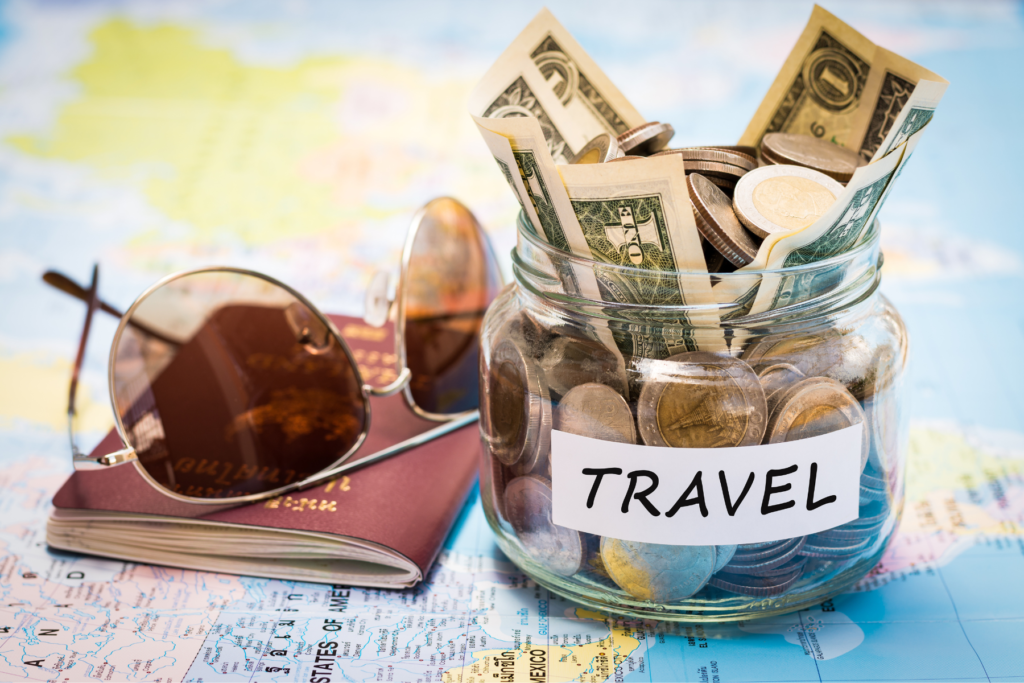
Finally, don’t get too hung up on your budget! I know travellers who set a daily budget and who account for every penny they spend while they are away. That’s fine, but, for me, it’s too stressful. We travel with a ballpark figure in our minds of what we can spend and then keep going until the money runs out! 😊
Step 5: Choose Your Travel Dates
You now know where you are going and how much you have to spend, the next step in planning your trip is deciding when to go. Pick your travel dates based on:
- Your availability
- Your preferred season
- The climate of the destination
- Any local events or festivals you may want to attend. This is important – you don’t want to arrive somewhere only to find out that you’ve just missed the biggest event of the decade! The South America trip I’m currently planning all hinges on being in Rio de Janeiro for carnival and my 60th birthday! We have 6 months of travel to get there, but the timing of our arrival in Brazil is non-negotiable! 😊
Before finalising your dates, remember to check for any travel advisories or restrictions that could affect your trip.
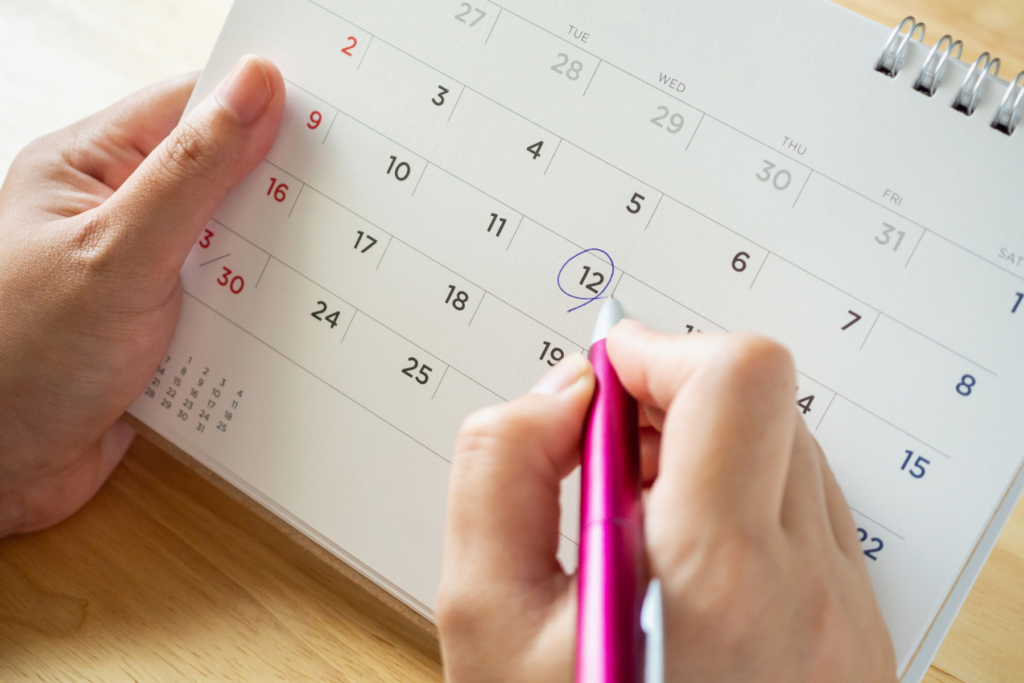
Step 6: Organise Your Travel Insurance
Again, you might think it is too early in the trip-planning process to talk about travel insurance, but it really isn’t. It’s important to do thorough research on the best travel insurance to suit your needs. Don’t just plump for the cheapest quote. Make sure that you are covered for the type of trip you’re going on and that you have enough cover for your valuables, as well as an adequate sum for any medical care you might need.
You should have your travel insurance in place before you start paying for parts of your trip – flights and accommodation, for example. You will then have peace of mind should something happen between booking and actually going.
Consider paying for flights and other large expenses with a credit card. Many have travel insurance included.
If you have an annual travel insurance policy, make sure that it covers the actual trip you are doing. Some yearly policies restrict the length of trip you’re taking and/or exclude certain destinations.
Most importantly, NEVER EVER travel without insurance!! I’m sure we’ve all heard horror stories about uninsured travellers. One such story that springs to mind is a young female solo traveller we met in Tobago. She had looked at travel insurance for her trip but considered it to be prohibitively expensive and decided to go ahead without it. Unfortunately, she got sick. The medical facilities on the island could not treat her, so she had to be flown to Miami, Florida. I’m sure I don’t need to spell out just how costly this was for her and her family!
Don’t be that traveller!
Step 7: Check Visa Requirements
Depending on your nationality and your destination, the visa process can vary. Whilst most destinations now offer eVisas or ‘visa on arrival’, some countries still require that you apply for a visa in your home country before setting off on your trip. This could involve an in-person visit to an embassy, or a postal application.
Start by researching the specific visa requirements for your desired country; official government websites and embassy resources are excellent places to begin. The application process can take from a few days to several weeks, so it’s wise to apply well in advance of your trip. Remember to keep an eye out for essential documentation such as passport validity, proof of accommodation, return flight tickets, and financial sufficiency. For example, if you’re heading to Thailand, ensure your passport has at least six months’ validity, and don’t forget to fill out the arrival card on your flight.
Some visas on arrival require payment in cash, often in unmarked US dollar notes. Don’t assume that you will be able to pay by card.
Make sure that you apply for the correct type of visa, too. Do you need a single-entry visa? Or are you planning to come and go, in which case you will need a multiple-entry visa. Are you intending to do some voluntary work in the country you are visiting? If so, a normal tourist visa probably won’t suffice.
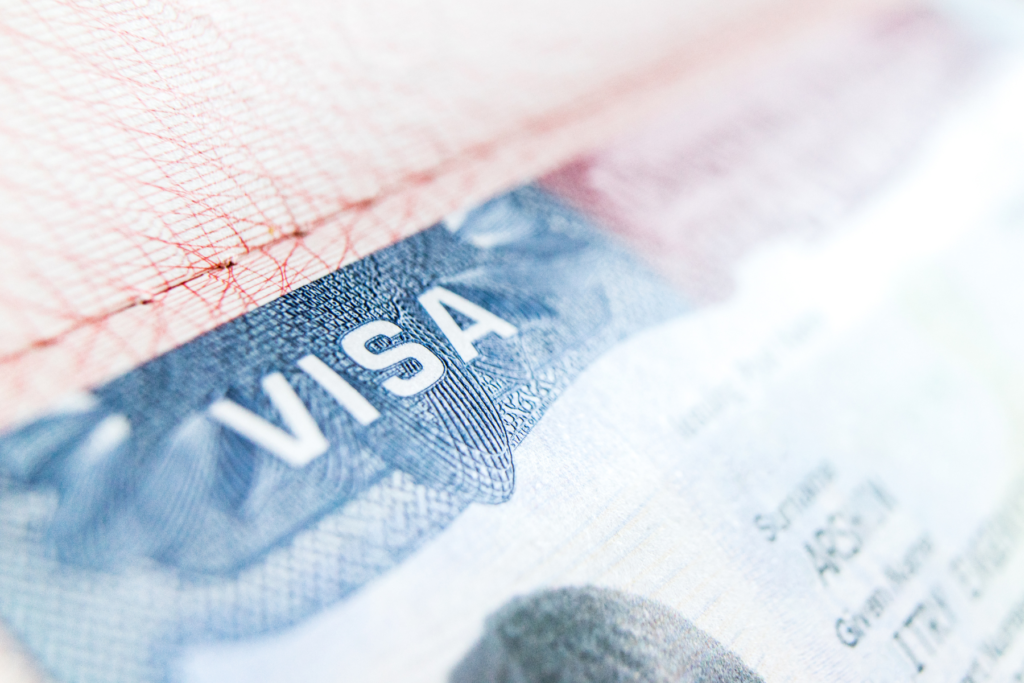
Step 8: Find Out What Vaccinations You Need
When planning any trip, it’s essential to consider getting the necessary vaccinations to stay safe and healthy during your travels. Research online to find out what you need for your chosen destination. In the UK, your first step should be to check out this government-backed travel health website. Please look for a similar resource in your home country.
It’s advisable to visit a reputable travel clinic or healthcare provider at least 6 to 8 weeks before your departure date. This timeframe allows the vaccines ample time to take effect and give you optimal protection. Remember, some vaccinations may have mild side effects like soreness at the injection site or low-grade fever, but these are normal and temporary. By taking the proactive step of getting vaccinated, you safeguard your health and contribute to a safer travel environment for yourself and the communities you visit.
Please don’t forego vaccinations because of the cost. Factor it into your budget. If you can’t afford to take the necessary precautions, choose an alternative destination! Ahead of our seven-month African trip last year, most of our vaccines had expired so we were faced with a bill of around £750 to get them up-to-date again!

You must also check whether antimalarials are recommended for your chosen destination. I know some people worry about the side effects and choose to travel without such medication, but we have seen the devastating consequences of malaria first-hand. Mark and I always take the tablets if we are advised to do so.
Step 9: Book Your Transportation
Whether you’re flying, driving, or taking a train, it’s advisable to book at least some of your transportation in advance.

When it comes to trip planning, transportation plays a pivotal role in shaping our experiences. From planes soaring through the skies to trains chugging along picturesque routes and buses weaving through bustling streets, the modes of transportation are as diverse as the destinations we dream of. Consider factors like ticket prices, schedules, and comfort levels when choosing your ride. For adventurers seeking flexibility, trains and buses offer a chance to mingle with locals and embrace the spontaneity of the journey. On the other hand, for trips where convenience is key, opting for flights or private transfers might be the way to go.
For flights, my go-to first stop is Skyscanner. They have the best deals. I have spent years finding flights on Skyscanner and then checking them against the prices on the airline’s own website. Invariably, it is cheaper to book through Skyscanner! My top tips for using Skyscanner:
- Start looking for flights as far in advance of your departure as you can.
- Try to be as flexible as possible about your dates to secure the best price.
- Sign up for email notifications about when your chosen flight decreases in price.
- Don’t just book the cheapest flight you can find!
- Check departure and arrival times. That cheap flight suddenly isn’t so cheap if you have to book a hotel the night before you go just so you can be sure not to miss the plane! Equally, if you arrive at your destination very early, you may not be able to access your accommodation without paying a premium.
- Check the luggage allowance before booking any flight. You might find that your bargain price does not include checked-in bags.
- Make sure you are happy with the cancellation/amendment policy.
- Decide if it’s worth paying to reserve a specific seat. We rarely do. We try to make sure we check in early for every flight, meaning that we usually get a choice of where we sit anyway.
- Use the ‘everywhere’ function on Skyscanner. You can try this if you are flexible about where you fly to. You might find destinations you hadn’t even thought of! The real reason I love this facility, though, is that it throws up more options about how to get to your chosen destination. For example, last year I was looking for flights from London to Johannesburg. The results I got were prohibitively expensive. So, I used the ‘everywhere’ function to see where you could fly to cheaply from Johannesburg. This brought up the Seychelles. The result was that we could fly from London to Victoria, Seychelles, spend three weeks in an AirBnB there, and then fly from Victoria to Johannesburg, all for around the same price as direct flights from London to Jo’burg! So that’s what we did!
Remember, booking transportation in advance not only secures your seat, but also ensures a seamless and stress-free travel experience.
Step 10: Research and Reserve Your Accommodation
Choosing where to stay is probably the most time-consuming step of my travel planning. I know it’s basically just a place to sleep, but I want to get it right. I want to turn up somewhere and know I’ve made the right choice. With so many options, it’s important to hone in on what’s important to you.
Things to consider when choosing accommodation include:
- Cost – it’s important to stick to your budget and not be carried away by beautiful images.
- Location – it might be slightly more expensive to stay in the centre of a city, but if everything you want to see is within walking distance it might make sense. What you spend on accommodation, you will save on transport.
- Type of accommodation – are you looking for a luxury hotel or something more budget-friendly? Do you like small, boutique-style hotels or do you prefer large, modern complexes? Would you be comfortable in a hostel where you get to meet fellow travellers? Do you want self-catering facilities?
- Deals like free breakfast or 7 nights for the price of 6.
- Amenities/facilities – what is important to you? Do you need free wi-fi, a swimming pool, a gym, Netflix, airport transfer, or something else?
- Customer reviews – check out what people have said about the accommodation, but don’t get hung up on it. Don’t go looking for bad reviews because you will always find them! Some people are never happy and it is very easy to criticise from their keyboard once they return home. As long as somewhere has a reasonable overall rating, that is all that should matter
Remember to book early, especially during peak travel seasons. Select accommodation that balances comfort, location, and price.
There is so much choice out there. I recommend that you find an accommodation booking site that you like and stick to it. For me, my go-to website is Booking.com. I find the layout very easy to navigate. I can create lists of favourites in multiple destinations. With their loyalty programme, I can accumulate Genius Rewards that translate into discounts or freebies like breakfast or upgrades. I am currently at Genius Level 2 which qualifies me for 15% discount on my bookings. Their cancellation policy is very fair and I can secure bookings with low, or even no, deposit. They also have a wide range of accommodation on their site including hotels, guest houses, hostels, and self-catering options.
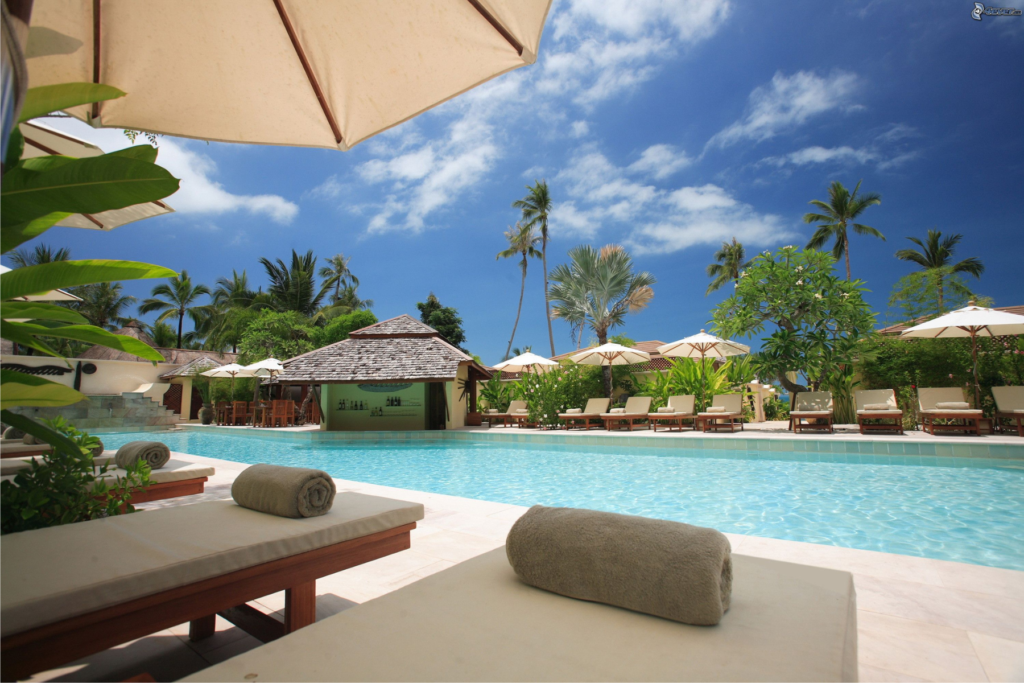
Step 11: Plan Your Activities
We now know where we are going and when, how we are getting there and where we are staying. The next stage in planning our trip is deciding what we will do when we get there. This is my favourite step! I love researching what there is to see and do in a destination.
Use a search engine or guidebook to discover the ‘must-see’ attractions and ‘must-do’ activities. Choose the ones that align with your preferences, time constraints, and budget. Don’t just plan to go somewhere because it’s the most popular thing to see in your destination. If it’s a museum and you hate history, then don’t go!
Make sure you factor in logistical considerations such as how you are going to get there and even if it is open when you are able to go. Look for deals such as city passes which combine travel around a place with entrance to attractions. These often work out cheaper than paying individually.
Decide whether you want to join a guided tour or explore independently. Having a local guide can often help with navigating long queues at popular attractions. Nothing beats local knowledge. Whenever we arrive in a new city, we always book a walking tour with a local. This helps us get our bearings and invariably gives us insider tips and recommendations for places to eat and things to see that are not necessarily in the guidebooks.
Our favourite sites for finding and booking activities are Get Your Guide and Viator.
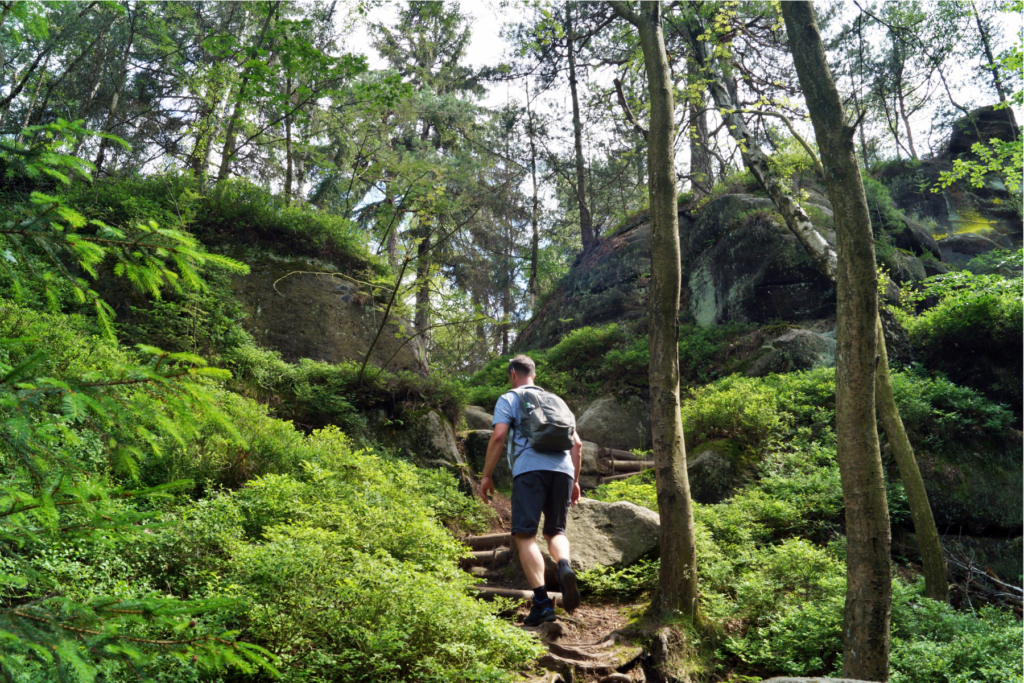
Allocate your time wisely. Pre-booking activities can save you time and sometimes money, but don’t overload your schedule. Make sure you have enough time to enjoy an attraction or activity properly without having to dash off to the next one. And give yourself some free time just to wander around and discover the people and places for yourself.
Step 12: Pack Smart
Get organised well in advance of departure by choosing your suitcase or backpack and hand luggage, and making a packing list tailored to your destination’s climate and cultural norms. Then, when the time comes, all you need to do is put your items in your bag!

Things to consider:
- What will the weather be like?
- Are there any cultural or religious norms to be observed? Should shoulders and knees be covered, for example? Is it appropriate for men to wear shorts? Be aware that in some countries camouflage clothing and accessories (including backpacks) are banned completely.
- Try to pack a capsule wardrobe – versatile items in similar colours that can be mixed and matched.
- Don’t forget essentials like medications (plus a copy of your prescription in case you need extra supplies while you are away), chargers, and travel adaptors.
- Most importantly, DO NOT OVERPACK!! Only take what you need for your trip and what you can comfortably carry as you travel from place to place. If you are away for a while, you won’t be able to take all the toiletries you need for the whole trip, so don’t even try! You can buy most things while you are on the road. There is always somewhere to do your laundry or to pay someone to do it for you.
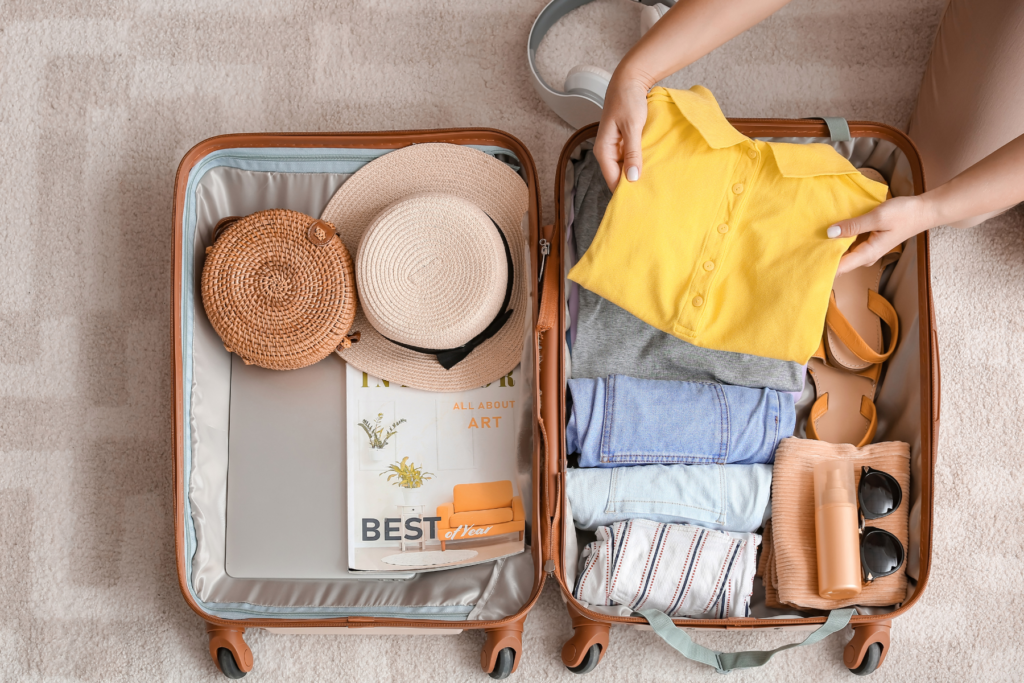
Step 13: Learn About Local Culture and Language
Familiarise yourself with local customs, etiquette, and basic phrases in the local language. Research what foods and drinks you want to try. You might want to book a cooking class in your destination to learn a bit more. These things will enhance your experience and help you connect with locals.
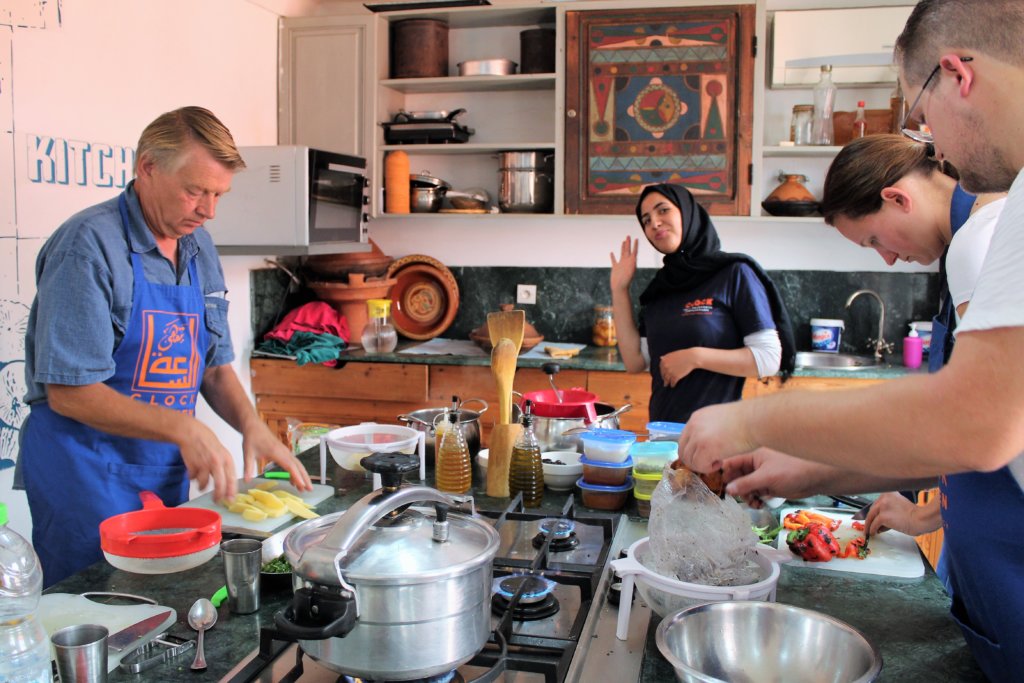
Step 14: Prepare Your Home
No matter how long a trip you are going on, before leaving, make arrangements for pets, plants, and mail. Ensure all doors and windows are locked and security systems are activated. You might want to inform a trusted neighbour or family member that you’ll be away. You could suggest that they park their car in your drive from time to time to give the impression that your property is being used.
Step 15: Finalise and Confirm Details
Double-check all your bookings and ensure you have all the necessary documents. Make copies of your passport, insurance policies, and itinerary. Keep these in a separate place to the originals. You should also leave copies with someone you trust at home – just in case the worst happens!
Step 16: Enjoy Your Trip
Once everything is set, your trip planning is over! You have done an amazing job!! The day you have been planning for has finally arrived. It’s time to embark on your journey. Remember to remain flexible as plans may change. Be open to new experiences. Most importantly, enjoy every moment of your adventure!
By following these steps, you’ll be better prepared to create a trip that’s both memorable and stress-free.
If you have any comments to make, or tips about trip planning to share, please drop me an email – I love hearing from readers.

Happy travels!
If you’re travelling soon, please use these links!
Are you travelling soon? Use these links when making your bookings. These are the companies we use. It won’t cost you any extra, but we will earn a few pennies to help keep Happy Days Travel Blog going. Thank you!!
- Book your travel insurance with World Nomads. If you are a digital nomad or long-term traveller, try the specialist provider SafetyWing. (Never leave home without protecting yourself, your trip and your belongings!)
- Book your flight with Skyscanner
- Book your accommodation with Booking.com
- Book a tour with Tour Radar
- Book city tours and activities with Viator or Get Your Guide
- Check out our Resource Page for more companies we recommend.
Disclosure: This post contains affiliate links. If you click through for more information, or to make a purchase, it may result in a small commission coming my way. Please note that there is no extra cost to you associated with this. Thank you so much for supporting my site.
Join our mailing list

Sign up to receive our monthly newsletter. Keep up with what we're doing and be the first to receive special offers and insider tips.

